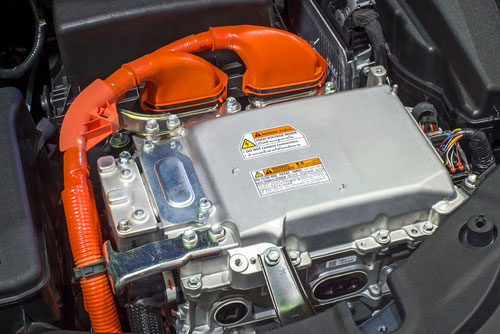Over the last couple of months, I have discussed batteries/accumulators or, as they are also called, Energy Storage Systems.
There are many types of Energy storage systems – Lithium-ion, Nickel Metal Hydride, wet-cell lead-acid batteries – and I will talk about ultra capacitors, hydrogen fuel cells and other energy storage systems in future articles.
This month I want to look at electric motors.
How do electric motors work?
Electric motors convert electrical energy into mechanical energy. They do this by creating a magnetic flux between the field winding (current-carrying coils) and armature (that rotates the shaft), which causes the fields of both to repel each other (like poles repel, unlike poles attract).
When current flows through the winding, this increases the strength of the magnetic field and, in doing so, increases the torque of the motor.
Permanent magnet motors use reduction gearing to achieve the torque output – current only goes through the armature causing it to turn by repelling against the permanent magnets’ flux.
Electric motors can have iron stators (stators do not move like in an alternator) or an armature which does rotate. Both of these can suffer from eddy currents.
Eddy currents are like individual circuits and if the stator or armature has a solid mass these eddy currents heat the metal enough to cause a very high resistance and subsequent power loss. To overcome this problem, all stators or armatures are made of individual thin metal plates – called laminations – that are insulated from each other. This stops the individual circuits from forming and causing power loss.
Electric motors in hybrid electric vehicles are, generally, permanent magnet rotor and three-phase stator.
- Electric motor power is expressed in kilowatts (kW) with one hp = 746 Watts.
- Magnetic field strength is measured in ampere-turns.
- If the number of conductors is increased, or current is increased, then the magnetic field is also increased.
Thanks for reading, and I’ll catch you in the next edition of Motor Trader, in February 2019. In the meantime, have a great Christmas and New Year.
Paul Tugwell
15 Dec 2018


